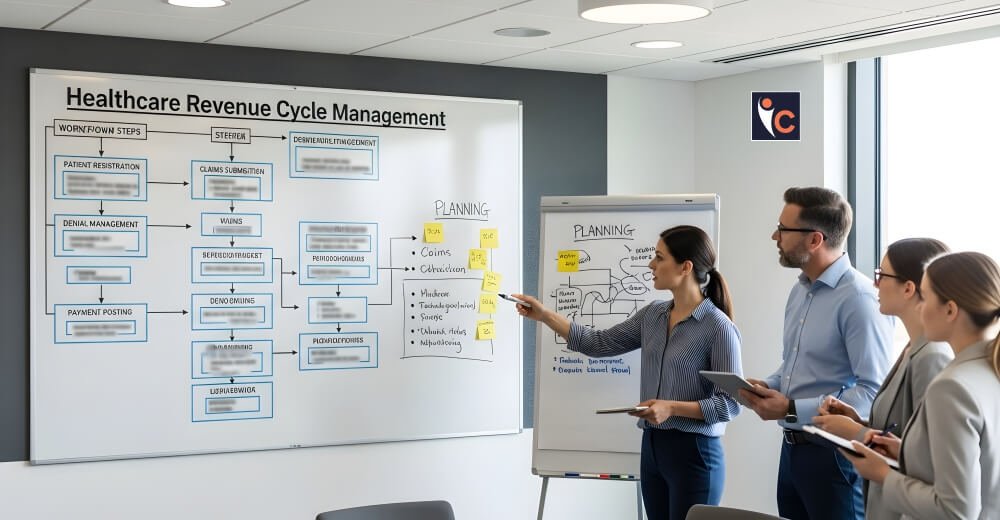Preparing for the Future
As the realities of climate change continue to manifest and disruption becomes inevitable, mainstreaming climate risk into decision-making is no longer a choice—it is a necessity. In community planning, business planning, and government planning, this consciousness and preparedness for the new climate reality are needed in order to be able to assure resilience, long-term sustainability, and sound leadership.
Understanding Climate Risk
Climate risk takes the form of two forms: physical and transition risks. Physical risks consist of the actual impact, direct effects, of a changing climate in the form of rising sea levels, more intense and frequent storms, droughts, and heatwaves. Transition risks emerge as society is transforming into a low-carbon economy-policy, technological, consumer, and market transformations.
Decision-makers wasted decades dithering over basing assumptions on historical climate trends. But the past is no longer predictable. With decisions today now liable to fail if climate risk is not considered, whether that’s spending on at-risk infrastructure, launching a product into market in a high-risk region, or growing agriculture without accounting for changing weather patterns, the business case for action is compelling.
The Economic Imperative
Climate risk is an environmental risk and a financial risk. The climate risks have become the global highest risks for potential impact as well as probability, based on the World Economic Forum definition. Companies are now seeing that deniability of the risks will lead to reputational damage, regulatory penalty, and direct financial impact.
Investors are also investing. Climate disclosure regulations like the Task Force on Climate-related Financial Disclosures (TCFD) encourages companies to quantify and report on the impact that climate-related risks have on their operations and strategy. The clearer it is, the more the investors are able to make a decision and the more the companies will need to take into consideration climate change adaptation.
Government and Policy Leadership
Policy is at the core of climate-informed decision-making. Governments are starting to integrate climate risk into national and local plans. Urban development plans or large infrastructure projects in other nations are now legally being required to be assessed.
Local governments are taking the lead. Cities are constructing sea walls, modernizing zoning codes, and investing in green infrastructure to protect against future loss. These are not green choices-they’re good business choices. A dollar invested today in preventing climate risk can save several dollars of loss in the future.
Tools and Data for Better Decisions
One of the hindrances in making climate risk a part of decisions is the availability of good-quality, local, forward-looking data. Happily, the character of climate models and risk estimation has arrived for the better. Now, from construction codes to insurances coverage, decision-makers are able to obtain data that informs them of how climate trends are poised to change in affected areas and make decisions accordingly
Private sector products, scholarly research and global climatological monitoring all yield data that can be engineered to meet industrial application. Agriculture, for instance, applies climate prediction to alter crop choice or planting time. The energy sector employs climate risk analysis to decide where to site renewable facilities or defend against intense events.
Corporate Responsibility and Innovation
Not only are forward-thinking companies addressing climate risk, but they are also using it as an opportunity to innovate. Instead of threatening possibilities presented by climate issues as a risk, companies are viewing them as new markets, green product innovation, and efficiencies that lower emissions and costs of operations.
Climate risks are similarly something which needs to be coalesced in supply chain resilience. Firms chart risks within their supply chains, particularly water, agricultural, and exposed site risks, and re-design to be ahead of disruption.
And this advance planning also generates work and technological innovation due to it like climate-resilient agriculture, energy-efficient building materials, and predictive disaster response analytics.
Individual and Community Action
While institutions have to make choices, communities and citizens are also involved, e.g., in resident-involvement community planning that engaged residents in activities such as flood-proofing one’s home, emergency networks, or developing urban forests to mitigate climate effects and promote social solidarity.
Knowledge and education are also crucial. Once the people are informed about the risks they are undergoing and what their other option is, it also seems to make them endorse measures and policies that are meant to enhance longer-term flourishing at the cost of short-term benefit.
Looking Ahead
Preparation for tomorrow takes the form of doing something today. Mainstreaming climate risk into day-to-day decision-making is a type of foresight—a recognition that the world is transforming and success and survival hinge on our capacity to adjust. It requires cooperation across sectors, openness to questioning traditional practices, and short-term imagination thinking capacity.
Growing uncertainty in the world, nutty weather, clever, climatic choices aren’t just sound policy or strategy; they are plain good sense. The sooner we act, the better equipped we’ll be for tomorrow.





